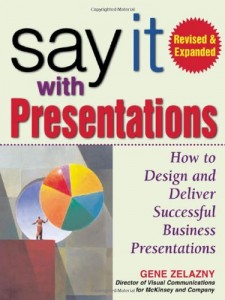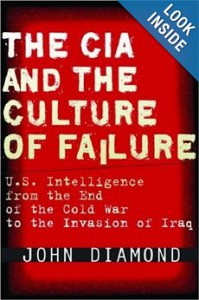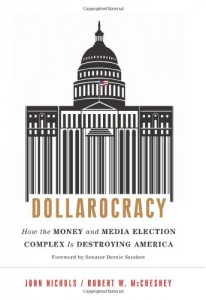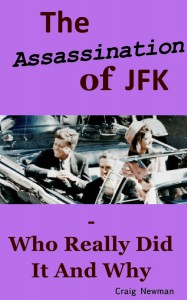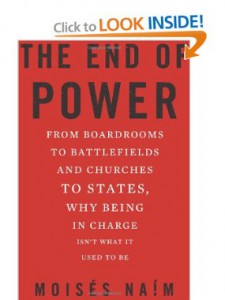
Sarah Lurie
4.0 out of 5 stars Overkill — 50 pages fluffed to 342, October 20, 2013
If you ever wanted to get to know a Russian Kettlebell intimately, as well as its family going back 1000 years and every possible nuanced aspect of it, this is the book for you. For me it is total overkill and would more usefully be replaced by a 50 page illustrated guide and a single wall chart — or two, one for warm-up with jumprope and stick, the other a series of exercises. I watched Powerbody: Advanced Russian Kettlebell Workout with Phil Ross before going through this book,and now I am leaning toward reversing my conclusion that the Ross DVD was too advanced and one should start with this book. Given a choice between the two, I would dump this book and use the DVD as a complete package.
Bottom line: too much of everything. This is a doctoral thesis on pulling carrots out of the ground. This is a formula book on steroids. It certainly earns four stars — some might give it five (I mistrust most of the reviews, them seem to be very short and empty reviews from people doing the author a favor) — and the substance is worthy, but the overall “door stop” nature of the book is very off-putting. I could have distilled this book into 50 pages with two wall charts, and been happier with that at the same price.
Here are a few bottom lines from this book:

